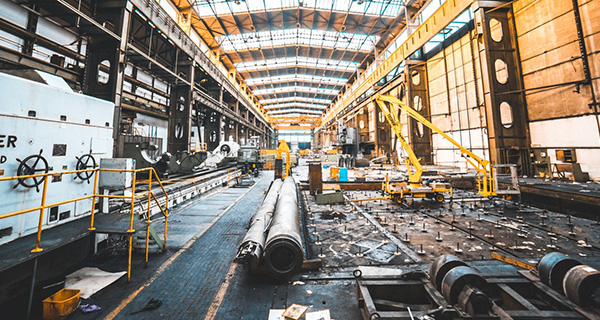Calgary’s industrial real estate market had a busy year in 2019 with new construction adding 5.3 million square feet to the city’s inventory, says a new report by Cushman & Wakefield.
The report said net absorption – which is the change in occupied space in the market – was a positive more than 4.9 million square feet for the year. There is still another 928,428 square feet of space under construction.
“The NE sector around the airport accounted for almost 75 per cent of the new construction city wide. Most activity in this market was driven by the high growth in logistics and warehousing,” said Brent Johannesen, Vice President, Industrial Sales & Leasing, for Cushman & Wakefield.
“On the sale side, there is continued demand for the larger income producing properties and we continue to see more availabilities in the manufacturing, service and showroom categories which seem to be slower to transact.”
The report said the protracted recovery of Alberta’s oil and gas industry has continued to weigh on Calgary’s industrial sector. While transportation and warehousing services registered a slight uptick in growth – adding 400 net new jobs in the past 12 months – the traditional industrial users of wholesale and retail trade, manufacturing, and construction registered a net job loss of 10,800 since the fourth quarter of 2018, it said.
“Overall, Calgary’s economy is starting to become more diversified and moving away from its dependence on the energy sector. The city’s multiple higher education institutions and research hospitals focused on biomedical have helped to buoy employment – as growth in education and healthcare (along with professional services) added a total of 31,900 net new jobs in the past 12 months,” explained the report.
“As Calgary’s economy becomes increasingly more diversified, so too have users within the industrial sector. As a result, developers have aimed to keep up with evolving demands such as taller clear ceiling heights to accommodate modern racking systems as well as more energy efficient buildings – both from an energy perspective and an overall layout. In 2017 and 2018, positive net absorption outpaced new deliveries; however, signs this trend may be reversing began to emerge during the second half of 2019, with a year-end absorption total of just over 4.9 million square feet (msf) compared to the nearly 5.3 msf of new deliveries in 2019. With rising costs for construction materials and labour, developers will likely begin to re-evaluate their proposed speculative developments, thus providing the opportunity for existing vacancies to be leased up.”
The industrial real estate market ended 2019 with an availability rate of 8.6 per cent which was slightly down from a year ago.
Year-over-year, overall average asking rents have dipped by 130 basis points, closing the fourth quarter of 2019 at $7.89 per square foot (psf), though quarter-over-quarter rents have held steady, said Cushman & Wakefield.
“Additionally, a greater spread in asking rents has begun to emerge as size, product age, location, and dimensions begin to play a greater prominence and making pricing more nuanced, particularly as older-generation buildings compete against newer product that has yet to be leased up. However, with more restrained construction activity, asking rents are expected to hold over the next 12 months, with more rent growth in the Class A space,” added the report.
Mario Toneguzzi is a business reporter in Calgary.
![]() The views, opinions and positions expressed by columnists and contributors are the author’s alone. They do not inherently or expressly reflect the views, opinions and/or positions of our publication.
The views, opinions and positions expressed by columnists and contributors are the author’s alone. They do not inherently or expressly reflect the views, opinions and/or positions of our publication.

